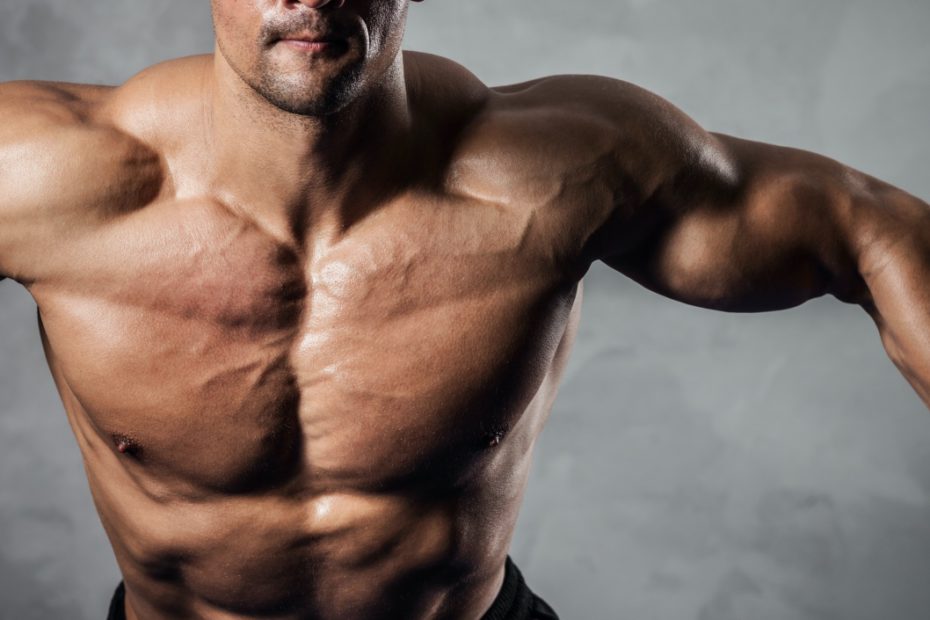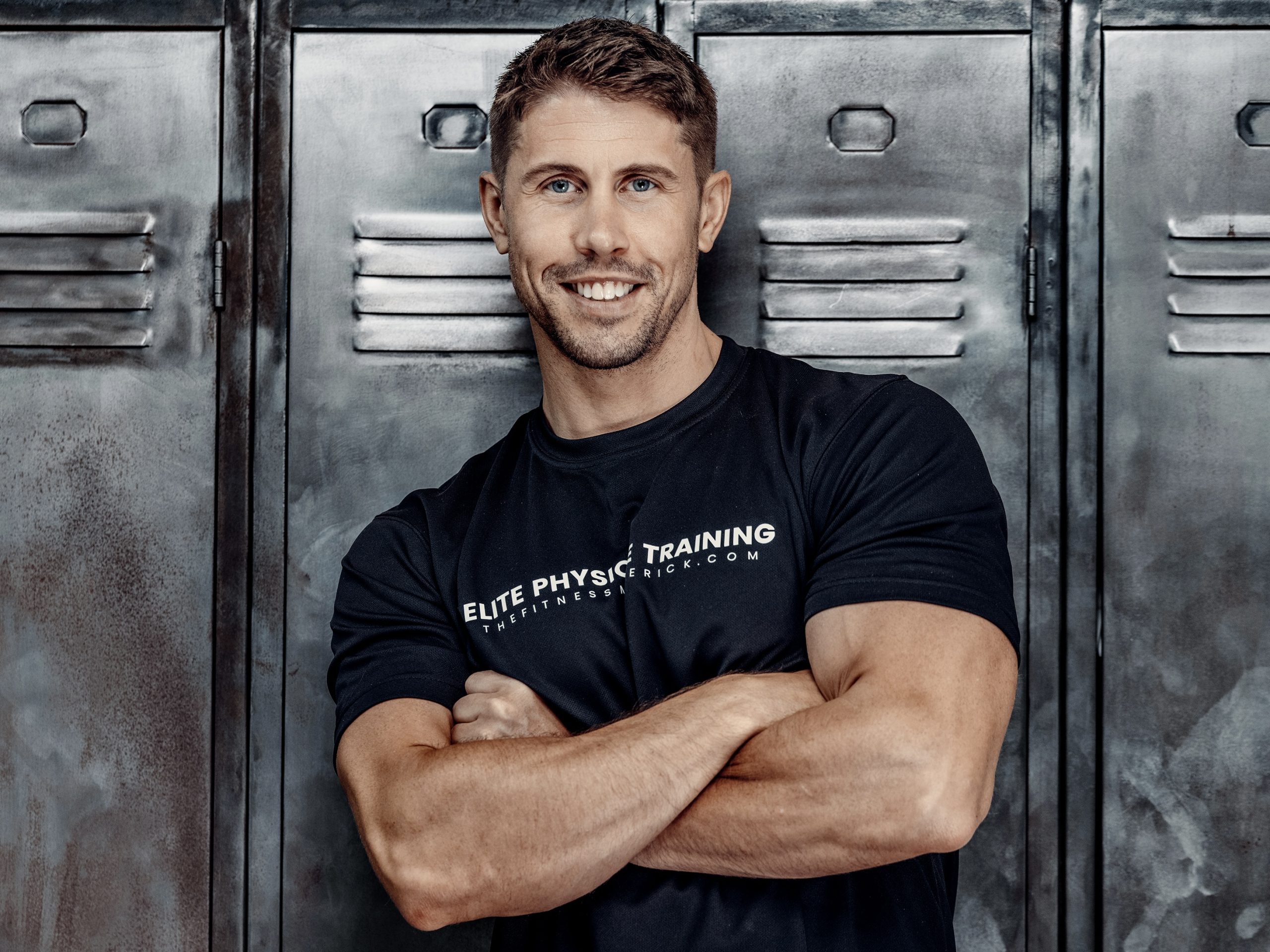Occlusion training is a great option if you’re looking to build muscle, but don’t have the space, equipment or weight required to perform more “traditional” muscle-building workouts. For that reason 2021 is a good time to start experimenting with this often misunderstood and misapplied training technique.
Intro to blood flow restriction training
Muscle-building research shows a load of 65% or more is required to elicit a significant hypertrophy response. But, research on blood flow restriction training (BFR/Occlusion training/Kaatsu training) shows loads as low as 20-30% to create a similar muscle-building effect. In Layman’s terms that would mean you’d theoretically build as much muscle with about 30 pounds as you normally would with 100.
That’s not to say in the long run you shouldn’t strive to lift greater loads in order to maximize mechanical tension (arguably the most important muscle-building mechanism), but the advantages of requiring less weight via the use of BFR are obvious in a number of different scenarios. This includes when your access to heavier weights are limited.
Blood flow restriction training works by allowing arterial blood flow to a region (arms or legs) while restricting venous return – You’re basically allowing blood to flow into the muscle while partially restricting its return out. This occlusion results in an increase in Type II muscle fiber recruitment and an increase in localized GH and IGF-1 levels (by up to 300%).
If you’re interested in trying BFR then I’d recommend a purpose built occlusion cuff. This way it’s safer, and you can gauge the optimal pressure required to get the best results. A product I personally use and recommend is the Occlusion Cuff.
Minimal equipment exercises
Now you’ve had a brief introduction in to what BFR actually is, here are three exercises you might want to try that won’t require much equipment or weight. You can also try these without an occlusion cuff if you don’t have one yet.
Toast your quads with just a bench!
Plank leg extensions require you hold a plank position while isolating knee extension, combining the benefits of both. They’re devilishly more difficult than they look. They work your quadriceps in a similar fashion to leg extensions where you’re focusing more on the “squeeze” (shortened position) at the top.
Because of the loading position you’re also more likely to achieve greater levels of muscle activation in your VMO (teardrop muscle above your knee) in comparison to other areas of your quadriceps. This is useful for both rehab purposes as well as getting that teardrop muscle popping below the line of your beach shorts.
While I’ve recently seen many MacGyver-up homemade leg extension machines with multiple bands, straps and benches, here all you need is a bench or chair to put your feet on. You can do them with your hands or elbows on the floor, and you can even take yourself up in to a full-on pike position at the top if you want to.
One of my favorite ways to make these more difficult is to combine them with BFR training using the Occlusion Cuff – use code FITNESSMAVERICK at checkout for a cool 15% off. Aim for multiple sets of 15-30 reps with short rest periods (less than 60 seconds) to pump up your quads.
Build your triceps with just a wall!
Bodyweight tricep extensions are the missing link in your limited equipment triceps training. They’re easily scalable for all levels, and they work your triceps in that forgotten “elbows up” position. Start out with your hands on a wall and stood close to it. As you walk your feet further from the wall then you’ll be increasing the level of difficulty.
To go up yet another level then try doing them with your hands on a plyometric box or high bench (or your staircase). Or, for yet another level-up then try doing them with your hands on the floor.
Quite simply, the more horizontal your body position the harder these will be.
Always remember to keep your elbows up, though. Around level with your shoulders or a little higher. Here you’re working the long-head of your triceps in a lengthened position, as well as being one of the best positions overall for activating all three heads of your triceps.
The best split-squat for your quads!
Split-squats are a big money exercise for your quadriceps, glutes and medial hamstrings. Not forgetting they’ll skyrocket your single-leg strength, and even help combat all that hip tightness from being sat down all day.
Simply elevating your front heel is an easy way to shift more emphasis on to your quadriceps.
This works because elevating your front heel decreases range of motion at your hip while increasing it at the knee – you’re actively encouraging more “knee over toe” action here, recruiting more of your knee extensors.
Also, When your heel is elevated, because of the greater pressure through the ball of your foot, neural receptors in your feet send signals to your central nervous system to recruit more quadriceps muscle fibers.
Try these with a purpose built heel wedge, wooden board, or even an old book. They’re a surefire way to toast your quads without needing to use much weight. Try combining them with a pair of Occlusion Cuffs for an even bigger quads pump.

